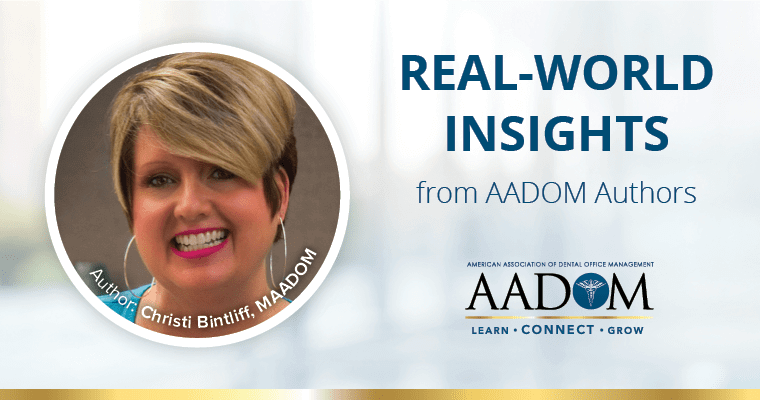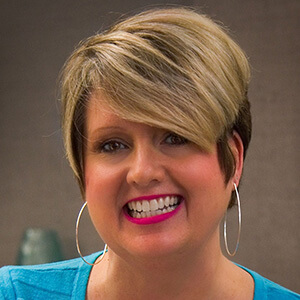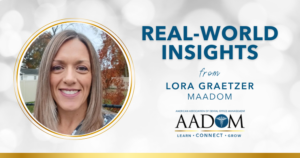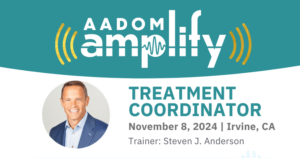I’m Still Standing: How to Manage Burnout and Workaholism

I bet you read the title of this article and were silently singing Elton John’s hit song “I’m Still Standing.” It’s become my theme song.
In 2021, I openly discussed my experience with burnout so that others would know they were not alone. I felt that our industry needed to examine the state of our mental, emotional, and physical well-being.
In this journey, I discovered that I had been battling “workaholism” even before the pandemic. In my mind, my work equaled my worth. It is similar in nature to other addictions. It slowly creeps up on you. You crave the adrenaline rush while at the same time cursing it.
Is it the nature of the beast when in a leadership role? Or are we conditioned that this is the norm?
It happened easily to me because my personality thrives in chaos. It was hard to turn off my work brain so that I could be present in my personal life. When I had a forced shutdown (meaning burnout), I had to take a good hard look at my life and how work was affecting it.
When reading my journals, I realized that I had missed a lot of memorable moments by putting work first and me last. I put my personal passions to the side in service of my team. I repetitively wrote about how tired I was, my bouts of insomnia, my anxiety, and more. The writing (literally) was on the wall that I was about to crash and burn.
Chasing the dollar (career) means nothing if you don’t or cannot enjoy the rewards and liberties that it affords you. All work and no play do not equal a happy, healthy life.
Sadly, we have lost a significant amount of highly skilled and dedicated employees due to burnout among other reasons. This should signal that our view of work needs to be adjusted so we can retain our industry leaders while attracting newcomers.
Despite the grip that burnout and exhaustion had on me, I am living proof that recovery is possible.
Once I made ME a priority and accepted it as reality, that is when I finally rebooted. There is no quick fix; my recovery will be different from yours.
Here are a few healthy habits that I incorporated that helped me.
Healthy Habits for Recovering from Burnout
Take 5: I made sure to incorporate break times and lunch even if they did not fall at the same time each day and even when I felt the urge to keep on working. I went for walks. I went for drives; sometimes I just sat outside reading a book or listened to music, and sometimes I took a power nap.
Vacate the Premises: Typical of a workaholic, I rarely took time off before my burnout. I changed that by pre-booking and blocking off my vacations and long weekends. When attending continuing education, I added a day before or after the event to unwind.
Self-Awareness: If you don’t know what is causing your stress, you cannot manage it. During recovery, I paid close attention to incidents, people or situations that disrupted my energy, elevated my stress and altered my mindset. Once identified, I avoided them when possible and developed a strategy which helped manage my reaction to them.
Writing is Cathartic: This was an excellent emotional decompressor. By getting my thoughts on paper versus keeping them bottled up, I was able to visibly track my progress from reboot to recovery in pursuit of work-life synergy.
Therapy: There is no shame in seeking help from a trained professional. I took advantage of virtual therapy, which was easy to schedule around my life; it dramatically reduced my stress levels, so the healing could begin.
Create a Support System: Don’t be afraid to lean on others for support, whether those relationships are personal or professional. This was a game changer for me. Some of my closest friends started our “time to whine” where we discuss our struggles and challenges in a judgement free zone. I have also restructured our leadership and team meetings to incorporate time to discuss our work stressors and find alternative solutions.
Exercise: This was hard for me at first, but it is one of the most effective ways to restore the pep in your step. During the workday I incorporated a brisk walk as part of our breaks, switched up meetings to walk-n-talk, took time to stretch, and incorporated a varying schedule of morning and evening workouts.
ME-Myself & I: At some point you must put yourself first. That means doing what is best for you and your wellbeing. Don’t be afraid to speak with your boss about your situation. This provided me an opportunity to discuss delegating my workload, reducing my work hours, and requesting additional time off that best supported my mental, emotional, and physical needs. They have been extremely supportive in incorporating reasonable accommodations.
Work-life synergy: I was intentional in incorporating ways that my work and personal life could align in supporting my personal goals and needs.
Do More of what Brings you Joy: Having fun and doing things that you are passionate about are key to a healthy and happy life. I gave myself permission to have FUN and boy did I. I traveled, I stepped out of my comfort zone to do things that challenged me and accelerated my personal and professional growth. New adventures and new places opened the door for new friendships.
Snooze: I did not sleep much if at all before burnout. In fact, I suffered from insomnia. Realizing this was a problem, I limited activities, beverages, or food by a certain time to ensure that I could wind down and sleep. It made all the difference in my mental, emotional, and physical stamina.
Fuel the Body: My pandemic paunch was a visible reminder that I was fueling my body with junk food. I slowly weaned myself off the junk food to a healthier diet and drank plenty of water which automatically boosted my immune system. I became less vulnerable to stress, fatigue, and illnesses.
Namaste: I have grown to love yoga. Breathing in positivity and exhaling negativity and stretching to release the stressors created relaxation and restoration.
Quiet the Mind: Silencing the world around me was challenging, but necessary. Mediation has helped me to cultivate a peaceful lifestyle by learning to control intrusive thoughts and quieting the mind.
Set Boundaries: When I get home, I put my phone on a charger and leave it there. I refrain from checking work emails and doing work related tasks at night. I also limited my exposure and participation on social media. At first, I had serious isolation concerns, but later realized how good it felt to disconnect.
It took six months to successfully incorporate these habits. I relapsed a couple of times but quickly rebounded. My commitment level to my career is much stronger than before. I still have the same or greater responsibilities and challenges now, as I did before burnout. However, I have learned how to successfully manage it, so it no longer consumes me. I am living my best life and loving my career more than ever before.
And as the lyrics go, “I’m still standing better than I ever did, looking like a true survivor, feeling like a little kid.”
Yeah baby, I am a leader! And I may stumble and fall, but I will continue to rise like a Phoenix and so will you!
About the Author

Christi Bintliff, MAADOM is a Practice Administrator and in-house coach for a multi-doctor dental practice in Durham, North Carolina. She is also a dental performance and development consultant with more than 30 plus years of hands-on experience in dental practice leadership and management. In 2019, she successfully launched her consulting company, LEAP 2 Solutions.
In her spare time, she enjoys DIY home projects, upcycling and repurposing discarded items in the most unexpected ways, and landscaping/gardening.







